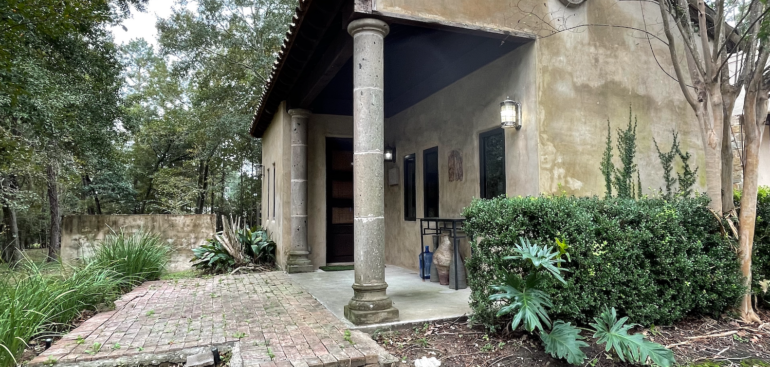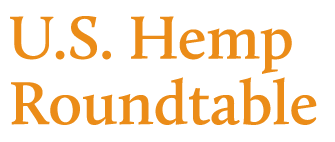Latest
Hemp-Lime Insulation Approved in US Building Codes
Hemp building materials were officially approved in the model US residential building code at a public hearing overseen by the International Code Council (ICC) in September.
By Jean Lotus, PanXchange
Hemp building materials were officially approved in the model US residential building code at a public hearing overseen by the International Code Council (ICC) in September. The updated International Residential Code will be published in 2023. The new voluntary code applies to one- and two-family dwellings and townhouses which can be built in low-seismic zones without extra engineering.
The non-profit foundation of the US Hemp Building Association submitted the appendix, which will be published as “Appendix BA” with the help of a team of architects, engineers, hemp builders and consultants who shepherded straw bale homes into the IRC in the early 2000s. The group also had assistance from European hemp experts, who have been building with hempcrete for 30 years.
Hempcrete, a mixture of ground hempstalk hurds or “shiv” and lime binder, creates a long-lasting fibrous insulation wall assembly that is fire-resistant, carbon-sequestering and repels mold and pests. Because hemp sequesters carbon in the walls of a building, hempcrete is an excellent zero-carbon building material that can offset the construction industry’s carbon footprint, supporters said.
Members of the code committee recommended that further ASTM testing is required to assign hempcrete a fire-resistance rating in the IRC, even though hemp-lime has been tested in Europe and found to be very fire resistant. In the USA, hemp-lime has already been tested for ASTM E 84, where the infill was subjected to temperatures up to 575 degrees Fahrenheit. This test is required for all insulation infill materials, and hemp-lime recorded the lowest (best) possible values.
About 50 hemp homes were known to be built in the United States before this year (usually with hurd imported from Europe), but at least 20 have been built in this year alone, many with US-grown and processed hemp. Because of these building projects, as a raw material, hemp hurd has more demand than bast fiber from the growing US hemp processing industry.
Next steps for the US hemp building industry will be certification in the International Building Code, which covers commercial buildings. Codes are updated every three years and the next chance to submit an application rolls around in 2025.






